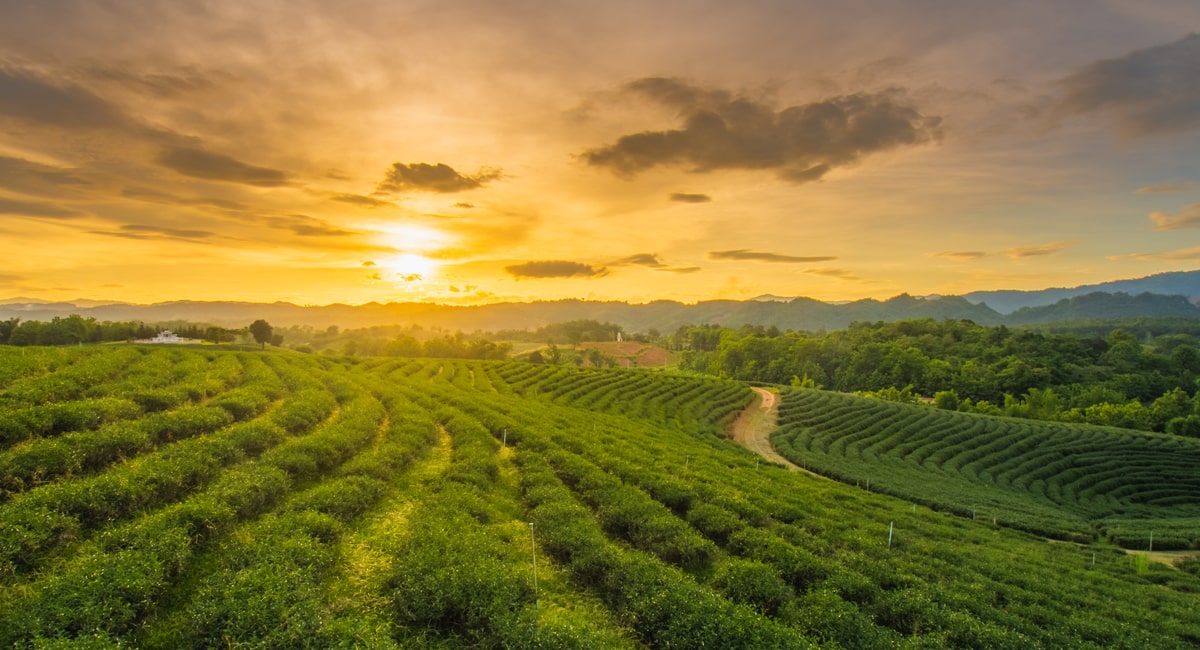
Agriculture is the backbone of economy. It is the industry that sustains all other industries via its raw materials, processes, finished goods, and even waste. The cultivation of plants and rearing of animals affects the stature of a country both tangibly and non-tangibly. People perceive agricultural activities to be a cakewalk. However, it is not as easy as it seems. Various activities require different ambient conditions. Moreover, different plants and animals require different optimum conditions to carry out their metabolic processes for adequate growth and yield.
Let us take the example of mushroom farming, for instance. The initial phases of growth of the edible fungi, called the spawn run, require elevated levels of carbon dioxide (10,000-20,000 ppm). After the growth becomes evident, the farmers need to maintain the CO2 concentration between 800 to 1500 ppm, depending on the nature of the mushroom. Conventionally, the farmers maintain all the conditions manually. Switching between such extreme requirements is not just exhausting but also time-consuming, expensive, and physically demanding. Any minor slip-up may result in all the hard-work going into drain. Moreover, the probability of production of sub-standard yield is more that ends being rejected.
